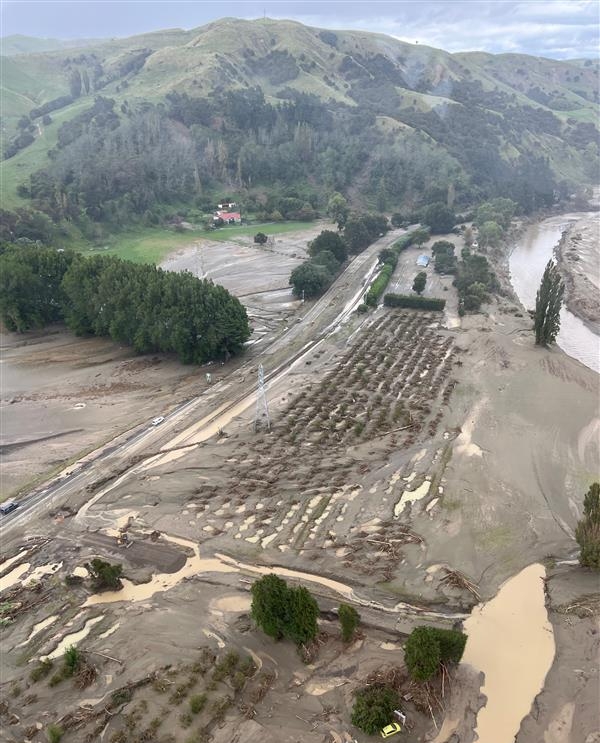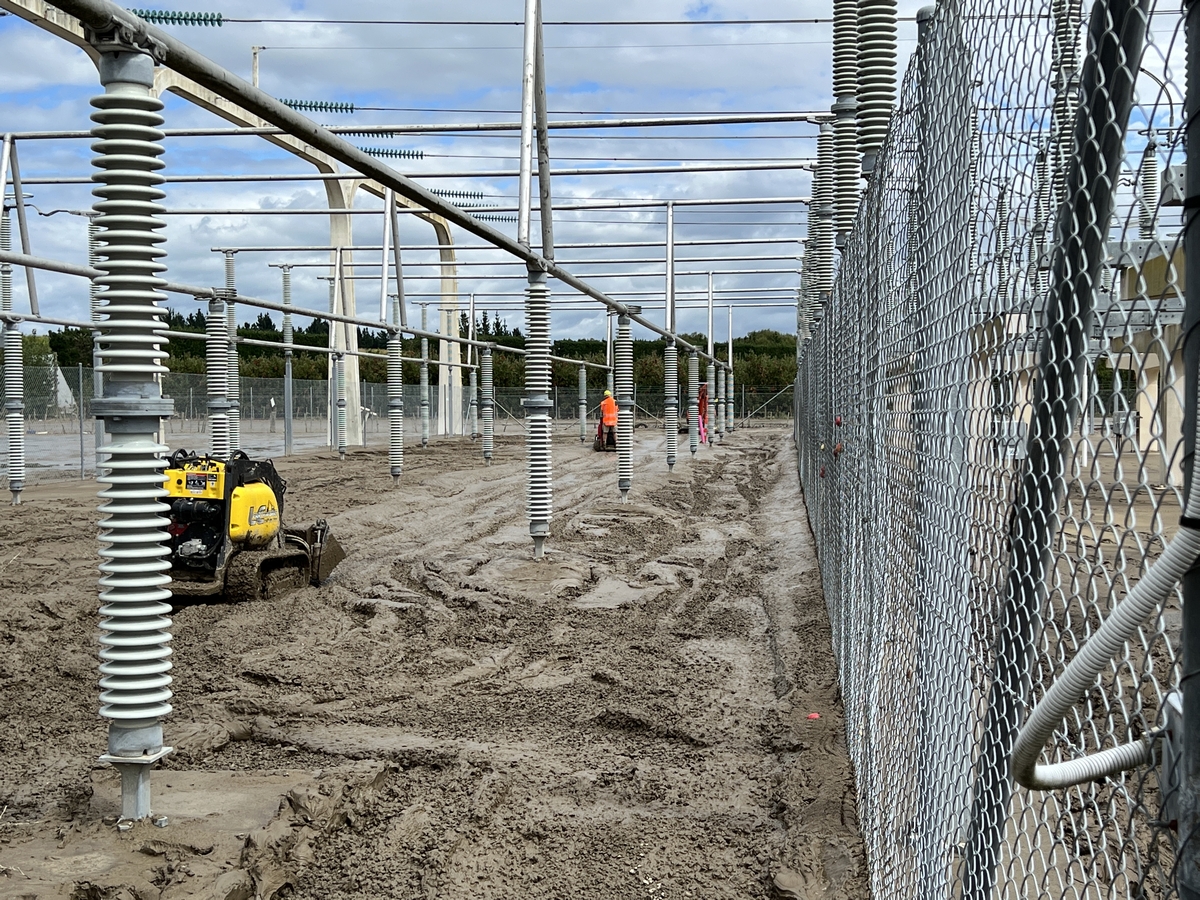We don’t know when the call will come, and we don’t know where the disaster will be, but as extreme weather events become more frequent, we know that the call will come.
It’s our responsibility to be prepared.
Reflecting on recent events
When Cyclone Gabrielle hit the Hawke's Bay and Gisborne regions, causing severe flooding and damage to Transpower's Redclyffe substation, the resulting disconnection impacted more than 75,000 homes.
Ventia’s central region team was the first to arrive at Redclyffe substation to assess the damage and begin restoring power. Power was restored to most customers within eight days, however, restoring the substation to its pre-cyclone levels of security and resilience took seven months.
Our response to recent disasters, including the above has given us the opportunity to reflect, learn and ensure we’re even more prepared next time we get that call.
The need for effective disaster response planning
Once an emergency response is underway our people rely on the preparedness and the expertise that we have developed over many years delivering service excellence to our clients.
So, it’s critical that we’re prepared well in advance to ensure we can focus on our role of restoring essential services as safely and as quickly as possible.
Some of the key things that we have learned following the review of our response include the vital role of communication both within our team and with other stakeholders. The importance of the relationships that we have across the industry and how critical these become in a time of crisis has also been a key take away.
Another learning for our team has been around what happens after the initial response. In the case of Redclyffe, the initial energy was focused on assessment of the damage and restoration of services, with power being restored to most customers in just over one week. However, once the initial phase has passed, there is often a long term programme of work required to repair significant damage to assets.
An extensive recovery like this requires a wide range of resources, and managing the team through this, including fatigue management and having the right resources in the right places at the right times is critical.
Innovating for an even better response
As a team we’re constantly looking for better ways of doing things and innovation is at the heart of our service.
One of the concepts that we’re working on at Ventia off the back of recent events is the idea of a small, mobile emergency response command centre.
The purpose of a command centre is to act as a ready to go kit for rapid response. Acting as a portable site office, communications centre and storage facilities for the essentials needed in a response.
As a mobile command centre, it’s intended to be portable and adaptable to be deployed at a range of different situations.
Whilst it’s still early days we see this idea as an opportunity to further improve the way we respond and to ensure we’re even more prepared when that next call comes.

